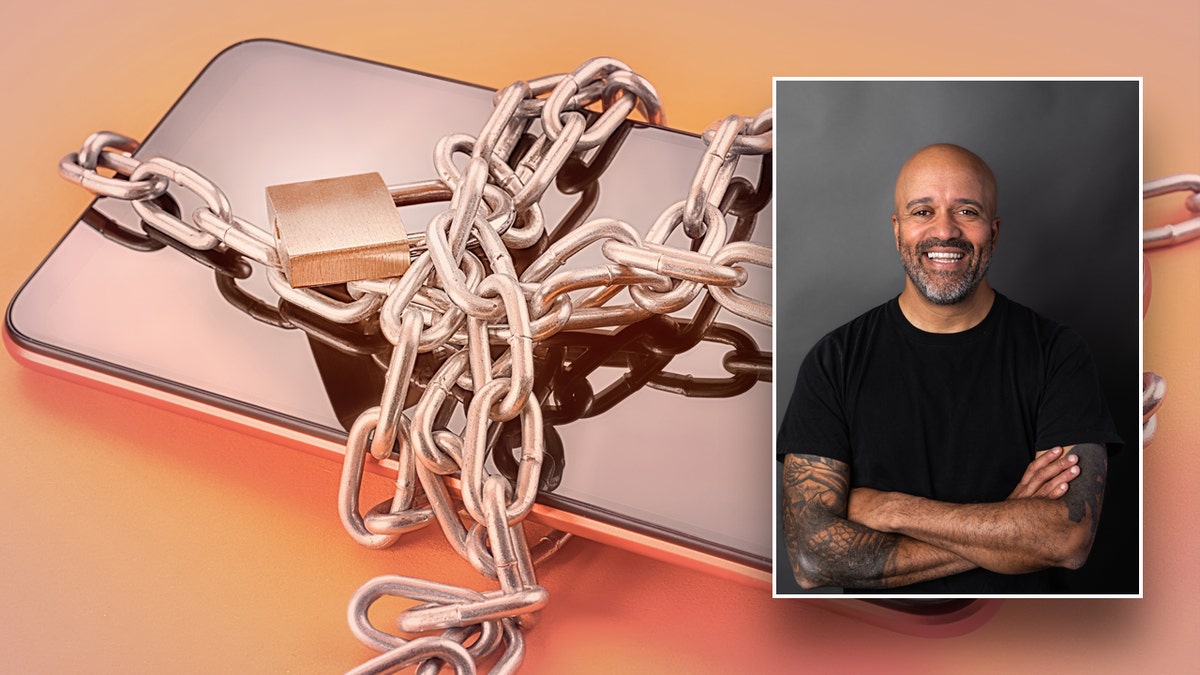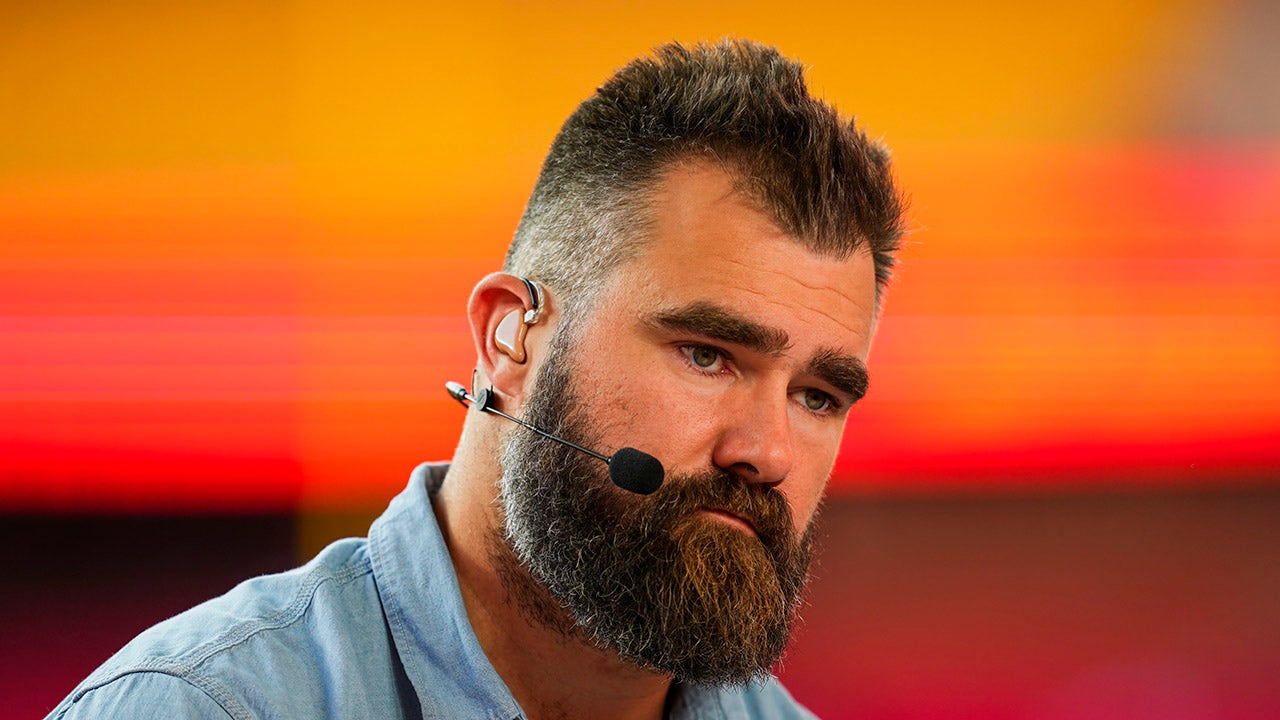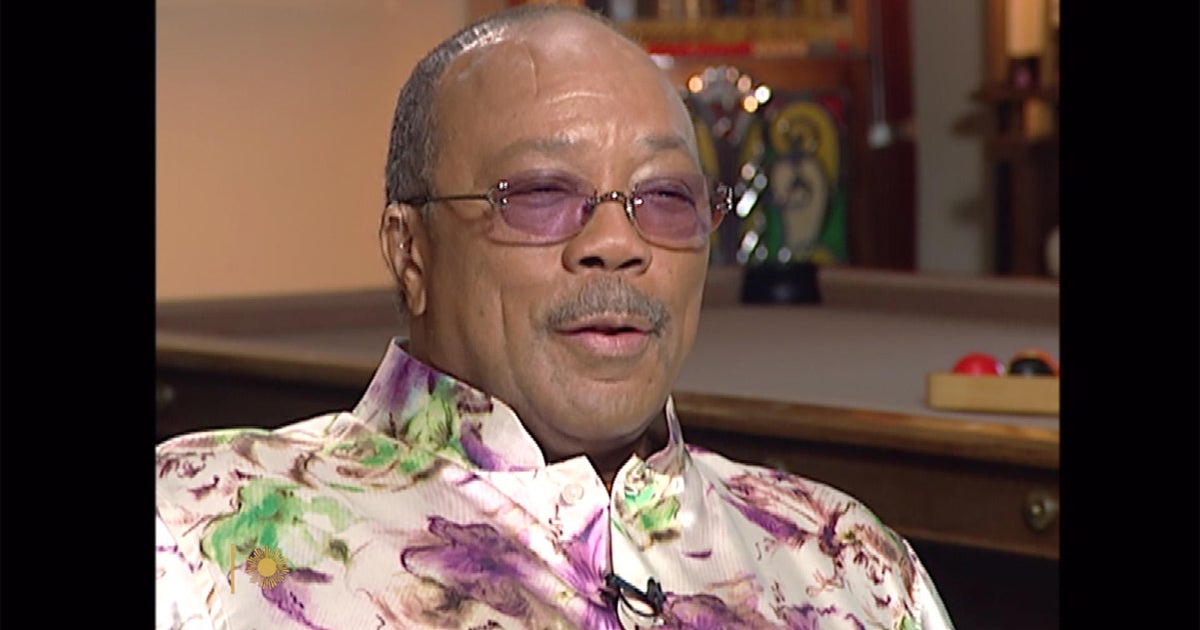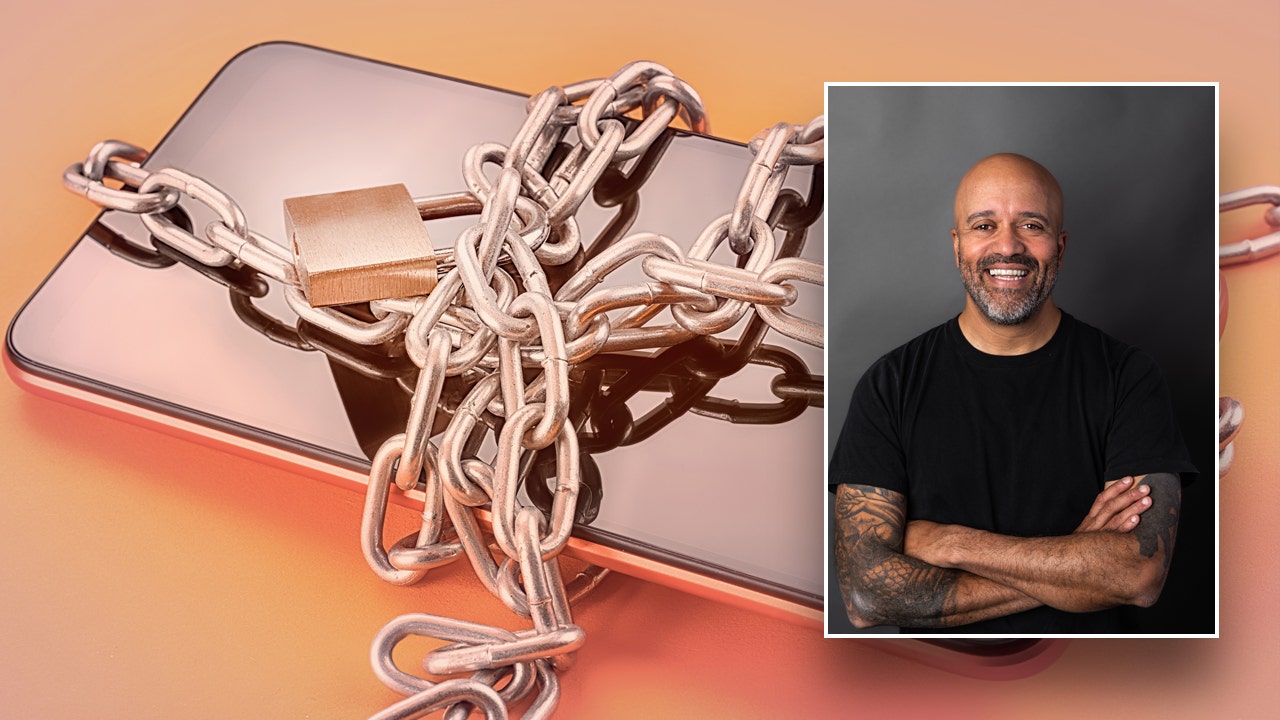Ironically, it was a notification on his phone that prompted author and podcaster Carlos Whittaker to embark on a seven-week screen-free journey that would change his life.
Whittaker, who lives in Nashville on a “suburban farm” with his wife, three children and dog, knew he used his phone a lot, but didn’t consider it a problem until he sat down and did the math.
After getting an alert that he had averaged seven hours and 23 minutes of daily phone time that particular week, Whittaker realized that if he lived to be 85, he would spend more than a decade of his remaining life on the device.
In the summer of 2022, Whittaker embarked on a seven-week journey across the United States, navigating his life without the use of any screens.
He documented the mission in his latest book, “Reconnected: How Seven Screen-Free Weeks with Monks and Amish Farmers Helped Me Recover the Lost Art of Being Human,” which was published on Sept. 10.
Carlos Whittaker, pictured, lived without screens for seven weeks in 2022 in an experience he described as life-changing. (Carlos Whittaker)
“That’s exactly what I did,” Whittaker told Fox News Digital in a Zoom interview. “I lived with these monks and the Amish, and it absolutely changed my life.”
The author spent two weeks at a monastery, two weeks with the Amish and three weeks with his family, living entirely without screens.
“I lived with these monks and the Amish, and it absolutely changed my life.”
Before and after the experiment, Whittaker’s brain was scanned and analyzed by neurologists – and he details those results in his book.
Whittaker, who described himself as an evangelical Christian, was connected to St. Andrew’s Abbey – a Catholic, Benedictine monastery in California – which allowed him to stay in a guest cabin for the first part of his journey.
Digital detox
Whittaker almost quit the experiment at the very beginning.
“When you can’t get out of your head by picking up your phone and scrolling TikTok or X or whatever it is, and you’re stuck in your own thoughts – that’s something we’re not used to, and I definitely wasn’t used to it,” he said.
This sudden digital detox led to “four days of panic,” he said, as he experienced “panic attacks, night sweats, heart palpitations [and] jitters.”

Whittaker said he nearly quit his experiment right as it began, finding the sudden lack of a smartphone to be physically taxing. (iStock; Carlos Whittaker)
Not having his phone felt like “coming off the drug of knowledge and the drug of control,” Whittaker said.
But on day five of the experiment, something changed.
“It literally felt like an elephant stepped off my chest and I could breathe again,” he said. “And I got it. But those first four days were the crazy days.”
INCREASED USE OF SOCIAL MEDIA TAKES MENTAL HEALTH TOLL ON TEENS
In the book, Whittaker writes about how he initially felt uncomfortable living among Benedictine monks and found their prayer routine to be “boring.” (Benedictine monks pray the Liturgy of the Hours, a daily prayer, at different times throughout the day.)
“I’ll be blatantly honest, the first two days, I was bored out of my mind,” he said. “We were praying five or six times a day.”
“When you lower the volume of life, the volume of God goes up.”
But eventually, he said, “I got it,” adding that he has kept up the practice of praying the Liturgy of the Hours even after leaving the monastery.
“I missed it so much. It created a rhythm in my day,” he said. “It gave some stability to some parts of my faith that maybe were unstable.”

Whittaker lived among the Benedictine monks at St. Andrew’s Abbey in California for two weeks, joining them for daily prayer and Mass. (Bryan Chan/Los Angeles Times via Getty Images)
“What I learned from the monks is that every day, I had multiple opportunities to lower the volume of life and slow down — and when you lower the volume of life, the volume of God goes up,” he said.
CLICK HERE TO SIGN UP FOR OUR LIFESTYLE NEWSLETTER
After his time at the monastery, Whittaker moved to the Midwest and lived for two weeks with an Amish family. (The Amish are a religious group that eschews most modern technology.)
Getting permission to live among the Amish, however, was more challenging. Whittaker was rejected by many people he contacted, as they were wary of an outsider temporarily joining their community.

Whittaker spent two weeks living with an Amish family as part of his screen-free experiment. (iStock)
“We finally ended up with a sheep-farming family that was like, ‘Absolutely, come on in,'” he said. “And they helped me become as Amish as I could in 14 days.”
Throughout his seven screen-free weeks, Whittaker journaled and recorded videos each night on a small, screen-free camera.
LIMITING SCREEN TIME IN INFANTS MAY DECREASE RISK OF AUTISM SPECTRUM DISORDER, STUDY FINDS
Those videos will be compiled into a documentary, also called “Reconnected,” that will be released on Oct. 25, he said.
New habits
While Whittaker has largely returned to life as it was before his experiment – including the use of a smartphone – he has made changes that he says have improved his life.
“This book isn’t about how bad phones are. This book is about how beautiful it is on the other side of the phone,” he told Fox News Digital.
“This book isn’t about how bad phones are. This book is about how beautiful it is on the other side of the phone.”
“Instead of setting up all these rules and restrictions for my screen time, once I fell in love with wondering, with noticing, with savoring, with 90-minute meals – with all of these things I was doing without my phone, I just picked up my phone less.”
Today, Whittaker uses his phone about 3-½ hours a day, four hours less than before the experiment.
BALANCING THE PROS AND CONS OF SOCIAL MEDIA SCREEN TIME
“I’ve legitimately added half of my life back, half of the years back that I was losing before.”
4 tips to cut down on screen time
Whittaker offered a few tips for those who want to limit their daily screen time.
1. Charge your phone outside the bedroom
“The first thing everyone needs to do is stop charging your phone in the bedroom and start charging it in another room,” he said.
“Buy an alarm clock. I know it’s the craziest, most old-fashioned thing, but all it’s going to do is wake you up.”

One of Whittaker’s suggestions to cut down on screen time is to buy an alarm clock. (iStock)
2. Don’t pick up your phone right away
People should avoid looking at their phones for “at least 30 minutes in the morning,” Whittaker suggested.
CLICK HERE TO GET THE FOX NEWS APP
“Just drink your coffee. When you’re just drinking the coffee, [it] tastes so much better. You get to savor it,” he said.
3. Subscribe to print media
Whittaker subscribes to a newspaper rather than relying on the constant buzz of a smartphone app.
4. Use the ‘do not disturb’ feature
“I’ve actually placed my smartphone in permanent ‘do not disturb,’ so I never get a ‘ding,'” he told Fox News Digital.

Whittaker said his smartphone is permanently on “do not disturb” for everyone except his family and his assistant. (iStock)
For more Lifestyle articles, visit www.foxnews.com/lifestyle
Whittaker has set up his phone so that only his assistant and family can immediately reach him.
“I never get a buzz. I never get a notification,” he said.















































